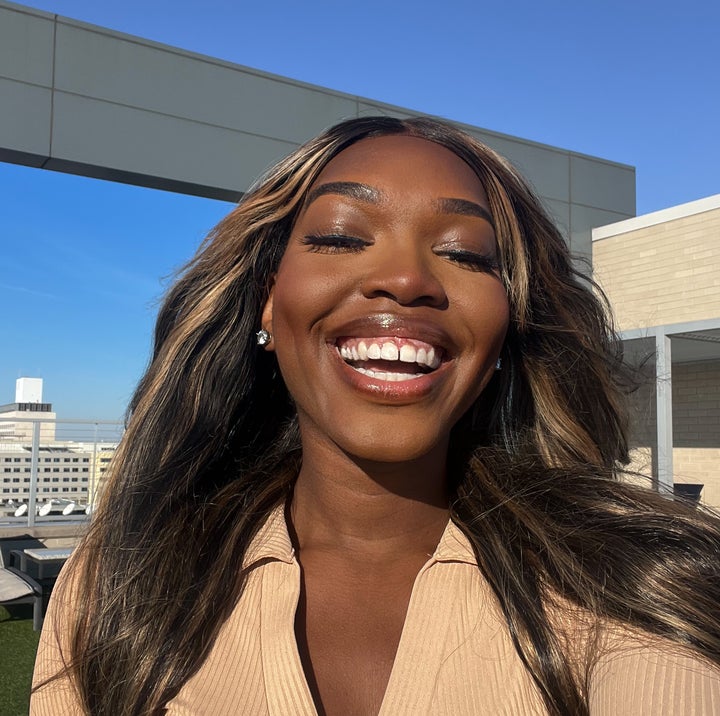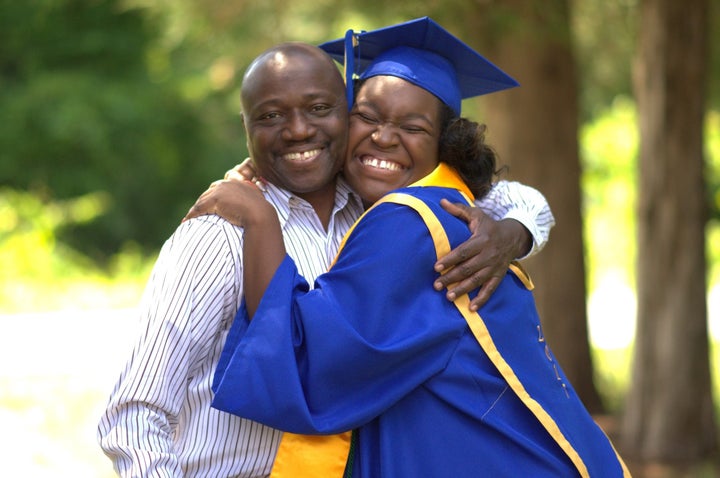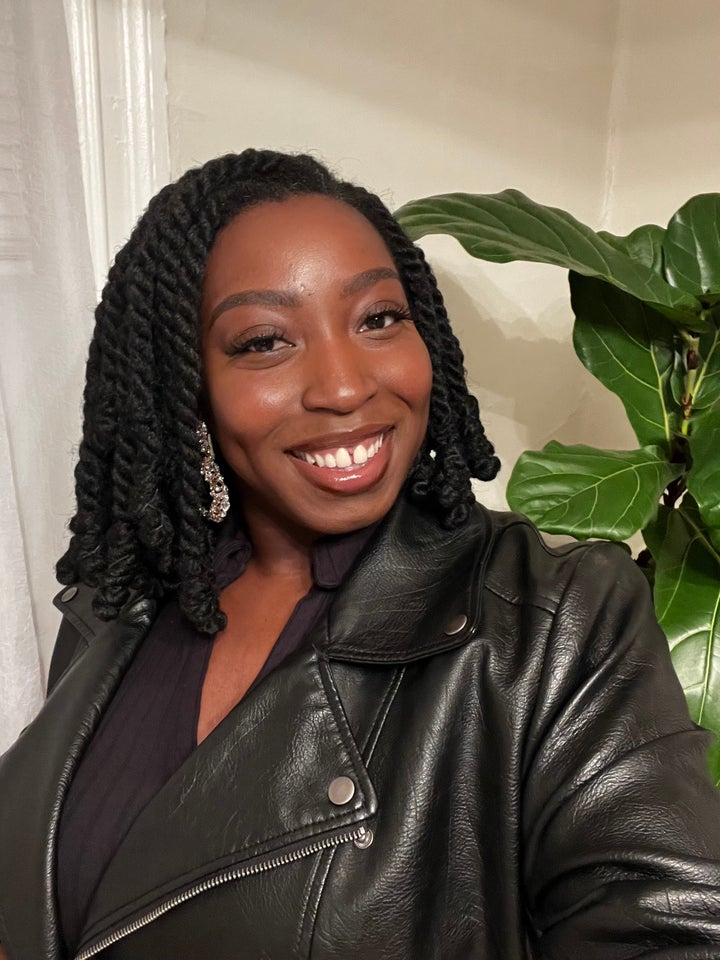
Growing up, I had a pretty straight smile with a small gap between my two front teeth. As a result, and to the relief of my parents’ wallet, I didn’t have to get braces in grade school like so many of my peers.
Unfortunately, my severely impacted wisdom teeth wreaked havoc on the straightness of my smile years later — just as my dentist warned me they would. In college I had my wisdom teeth removed, and one year ago I decided to embark on a teeth-straightening journey with clear aligners to reclaim the smile that once was.
As I began this journey, I was skeptical. Not only was I apprehensive about wearing plastic retainers 24/7, but I was also worried that I’d be pressured to close my gap — a feature of my smile that I had grown quite fond of.
And so when the time came to take virtual moulds of my mouth, I asked the orthodontist if I could keep the gap as is. She looked at me so curiously that I had to assume that this was one of the first times she’d ever received this request. So I explained to her the cultural significance of having “the gap” in Nigeria and other African nations.
In Yoruba, my parents’ native language, the tooth gap is fondly referred to as “èjí.” It is seen as a symbol of beauty and wealth, especially for women-identifying individuals in many African cultures — so much so that some may undergo procedures to artificially create the desired diastema.
“Some of the people that I grew up with in Nigeria would even opt to get the gap surgically, at the cost of chronic headaches,” says Amaka Uzoigwe, a physician who now lives in New York. She points to one small study out of Nigeria that found 34% of its participants had undergone cosmetic procedures to artificially create the diastema.
After getting a little cultural context, my orthodontist emphatically supported my decision to keep my maxillary midline diastema, or MMD — the medical term for a tooth gap. With a mini dental ruler, her assistant measured my 1 millimetre gap, wrote “DO NOT CLOSE DIASTEMA” in all caps, and sent these instructions to the clear aligner company. I automatically felt more comfortable at that point.
So, one might wonder, how do MMDs occur? According to Dr. Wunmi Oni, a paediatric dentist in Pennsylvania, the gap can form due to dental conditions such as an oversize frenum and habits like sucking one’s thumb or tongue. However, she points out that many diastemas are not pathological; they’re simply a heritable characteristic. A genetic trait that extends throughout bloodlines, the MMD is common in those who currently reside on the African continent.
“My father [told] me that all members of our family cherish their gaps and [that] it is viewed as a prized characteristic,” says Brenda Awuah, a resident of Nashville, Tennessee, and the daughter of Ghanaian immigrants. “Each generation of my family has this trait.”
Although the MMD may be sought-after for many people in African countries, it’s often looked down upon in Western nations. The authors of a paper in one scientific journal state that the maxillary midline diastema “represents an aesthetic and psychological impairment and distress for patients seeking orthodontic treatment.” In other words, it’s a physical flaw that needs to be fixed.
Many Black people who grew up in Western countries have unfortunately faced ridicule over their gap, since the characteristic is at odds with deep-seated Eurocentric beauty standards. I must acknowledge my own “gap privilege” that exempt me from getting too much ridicule about my MMD; it was likely because my own gap is fairly petite, still sitting at 1 millimetre. I know that several of my peers with more pronounced gaps face a lot of negativity — I spoke to several of them.
Mariama Ibrahim, a resident of Durham, North Carolina, who is the daughter of Nigerian and Panamanian immigrants, was bullied for having a gap. She routinely heard comments such as “you look like a train can go through your mouth” and “are you missing a tooth?”

Ikeoluwapo Ibrahim, who lives in Connecticut and is the daughter of Nigerian immigrants, often got “beaver” and “lisp” comments regarding her smile.
“If you flip through any pictures from before high school, you’ll notice that I rarely smiled with teeth showing,” says Ophelia Okoh, a daughter of Ghanaian immigrants who lives in Philadelphia. Her gap, she tells me, was the target of many jokes.
I vividly remember watching an episode of “America’s Next Top Model” where contestant Danielle “Dani” Evans was jeered by judges and told that she would never win a CoverGirl modelling contract as long as she kept the gap in her teeth. Despite these comments, Evans decided against fully closing it and opted for a partial closure. She went on to win the show’s sixth season. To this day, though, I wonder if she still would have won had she not assimilated by meeting them halfway.

Okoh says that she used to “dream about the day when [she] could afford braces or Invisalign” to close her gap due to incessant bullying. However, watching Evans’ decision on “ANTM,” she says, challenged her intentions of closing her gap. That small moment of representation mattered.
Kenny Agoro, a daughter of Nigerian immigrants who lives in Ohio, had a similar experience. She tells me that Evans’ decision had a significant impact on her during a crucial time when she was ashamed of sporting her gap.
Beverly Aiyanyor, a Philadelphia resident who is the daughter of Nigerian immigrants, tells me that she initially desired to close her gap but eventually changed her mind. “As I saw other celebrities and influencers embrace theirs, it further encouraged me to embrace [my gap] and not allow societal pressures make me feel like I have to close it,” she says.
When it comes to smile politics, it is important to recognise just how much whiteness can impact our perceptions of what an “acceptable” smile truly looks like. Dentists and other medical professionals must be aware of the cultural significance of the gap, allowing that to inform their approach to patient care. Oni says that since the majority of diastemas do not impact oral health, she gives her patients full autonomy over their decision to keep or close their gap for aesthetic reasons.
I’m thankful that my orthodontic team was supportive of my choice, especially since embracing the gap may have been totally unfamiliar to them. I learned that one of the dental assistants had many phone calls with the clear aligner company to ensure that it designed the aligners to preserve my diastema. This is what a real advocate looks like.
Whether one chooses to keep their gap or not, it is important for dental professionals — and the rest of the Western world — to continuously redefine and push the boundaries of what having a beautiful smile looks like.
“Nature has a reason for why l was gifted with a maxillary midline diastema,” says Agnes Amihere, who currently resides in Ghana, reflecting on her experience living with a tooth gap. “I do not know why l was amongst the chosen ones. l am proud and grateful as it makes my smile a unique handiwork and feature of creation.”
I couldn’t agree more.